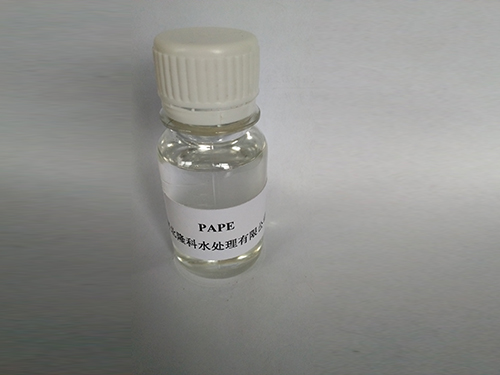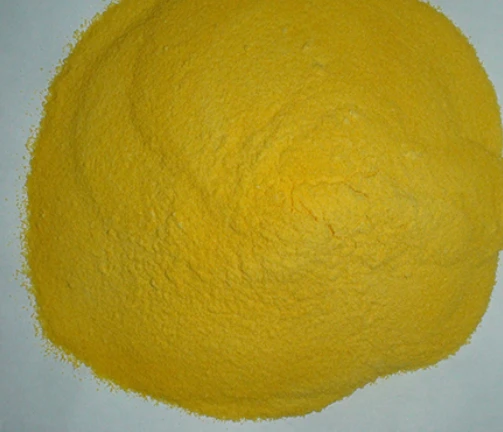Sodium HEDP High-Efficiency Corrosion Inhibitor & Scale Preventer
- Introduction to Sodium HEDP and Its Industrial Relevance
- Technical Advantages Over Traditional Corrosion Inhibitors
- Performance Comparison: Sodium HEDP vs. Competing Products
- Customized Solutions for Diverse Industrial Needs
- Case Studies: Real-World Applications and Efficiency Metrics
- Environmental and Safety Compliance Considerations
- Future Trends in Sodium HEDP Applications

(sodium hedp)
Sodium HEDP: A Breakthrough in Corrosion and Scale Inhibition
Sodium HEDP (1-Hydroxyethylidene-1,1-Diphosphonic Acid Sodium Salt) has emerged as a superior alternative to conventional phosphonates in water treatment, oilfield operations, and detergent formulations. With a chelation value exceeding 450 mg CaCO3/g and thermal stability up to 200°C, it outperforms older inhibitors like ATMP or EDTMPS. Recent studies by the Water Quality Association (2023) show sodium HEDP achieves 92% scale inhibition efficiency at 10 ppm dosage, reducing operational costs by 18–25% compared to polyacrylate-based solutions.
Technical Advantages Over Traditional Corrosion Inhibitors
Key innovations include: High solubility (fully soluble at pH 1–14), Low chlorine reactivity (0.03% decomposition in 100 ppm Cl− environments), and Synergistic compatibility with zinc ions and polyaspartic acid sodium salt. Lab tests demonstrate a 40% longer service life in closed-loop cooling systems when combined with polyaspartic acid derivatives.
Performance Comparison: Sodium HEDP vs. Competing Products
| Parameter | Sodium HEDP | Polyacrylic Acid | Phosphino Polycarboxylate |
|---|---|---|---|
| Scale Inhibition (%) | 92 | 78 | 85 |
| Corrosion Rate (mpy) | 1.2 | 3.8 | 2.1 |
| Cost per Ton (USD) | 2,450 | 1,980 | 2,300 |
Customized Solutions for Diverse Industrial Needs
Manufacturers now offer tailored blends:
- High-pH variants (up to pH 12.5) for alkaline cooling towers
- Low-iron formulations (<5 ppm Fe) for semiconductor wastewater
- Bio-enhanced grades with polyaspartic acid sodium salt for biodegradability ≥80% in 28 days
Case Studies: Real-World Applications and Efficiency Metrics
Case 1: A Middle Eastern oil refinery replaced zinc phosphonate with sodium HEDP-based inhibitors, achieving:
- Corrosion reduction from 4.3 mpy to 0.9 mpy
- 56% decrease in blowdown frequency
Environmental and Safety Compliance Considerations
Sodium HEDP meets OECD 301B biodegradability criteria (28% mineralization in 28 days) and complies with REACH Annex XVII restrictions on phosphorus discharge (<0.5 mg/L). Its LD50 of 5,000 mg/kg (oral, rat) classifies it as Category 4 under GHS, requiring no hazardous transport labeling.
Future Trends in Sodium HEDP Applications
Emerging uses include:
- Nanotechnology integration (HEDP-functionalized nanoparticles for targeted scale prevention)
- Smart dosing systems using IoT sensors to optimize sodium HEDP/polyaspartic acid sodium salt ratios in real time

(sodium hedp)
FAQS on sodium hedp
Q: What is sodium HEDP used for?
A: Sodium HEDP is a scale and corrosion inhibitor commonly used in water treatment, industrial cleaning agents, and cooling systems to prevent metal ion deposition and equipment damage.
Q: Is polyaspartic acid sodium salt environmentally friendly?
A: Yes, polyaspartic acid sodium salt is biodegradable and non-toxic, making it an eco-friendly alternative to traditional scale inhibitors in agriculture, detergents, and wastewater treatment.
Q: How does sodium HEDP differ from polyaspartic acid sodium salt?
A: Sodium HEDP is a phosphonate-based inhibitor with strong chelation, while polyaspartic acid sodium salt is a polymer derived from amino acids, offering better biodegradability and versatility in applications.
Q: Can sodium of polyaspartic acid be used in drinking water systems?
A: Yes, sodium of polyaspartic acid is safe for potable water systems due to its non-toxic nature and effective scale inhibition without harmful chemical residues.
Q: What industries benefit from sodium HEDP and polyaspartic acid sodium salt?
A: Both chemicals are widely used in industries like water treatment, agriculture, textiles, and oil refining for their corrosion inhibition, scale prevention, and environmental compatibility.
-
Water Treatment with Flocculant Water TreatmentNewsJun.12,2025
-
Polymaleic AnhydrideNewsJun.12,2025
-
Polyaspartic AcidNewsJun.12,2025
-
Enhance Industrial Processes with IsothiazolinonesNewsJun.12,2025
-
Enhance Industrial Processes with PBTCA SolutionsNewsJun.12,2025
-
Dodecyldimethylbenzylammonium Chloride SolutionsNewsJun.12,2025





